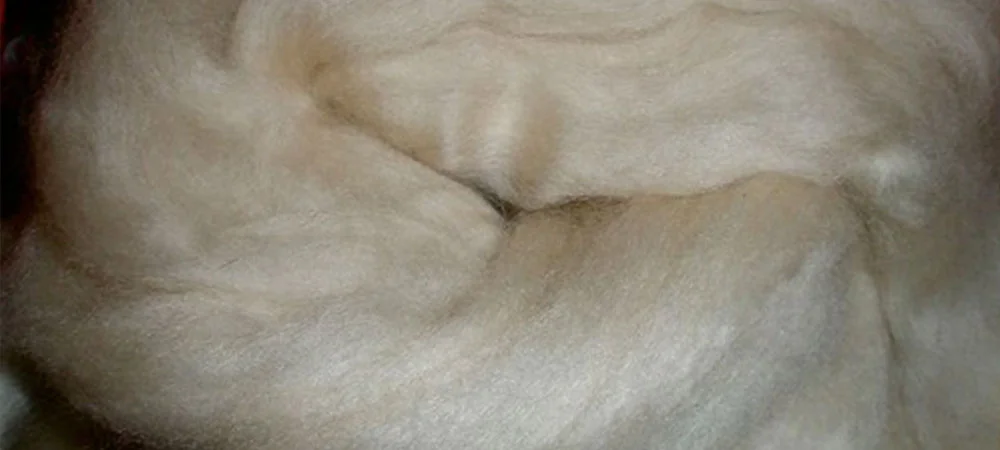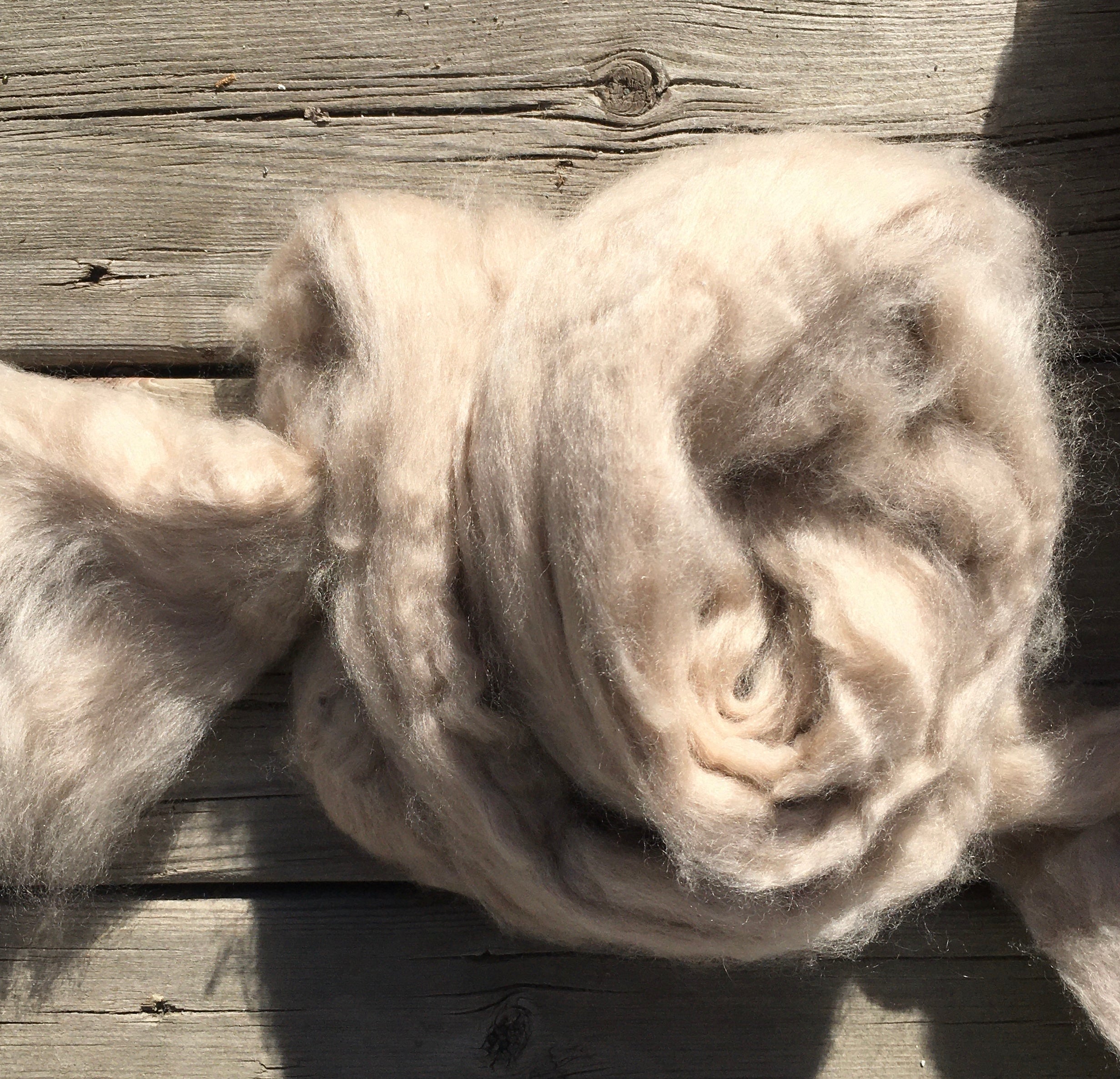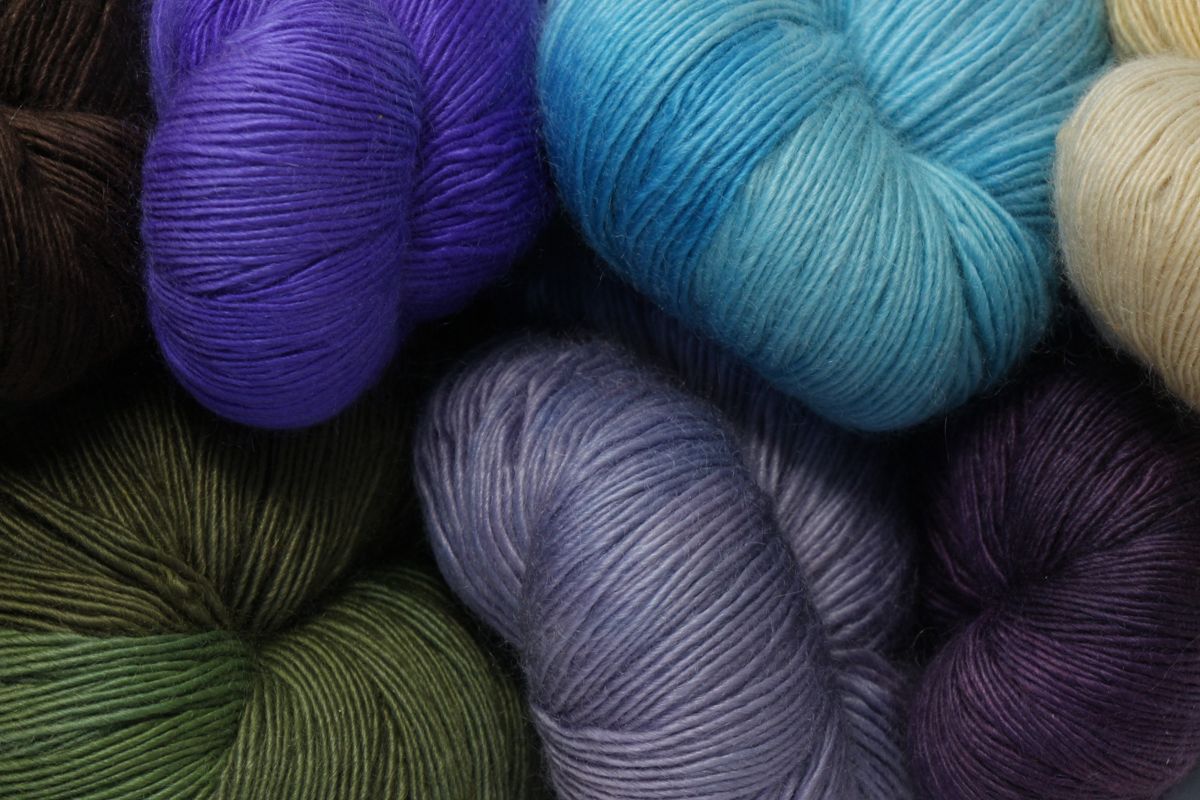What Is Cashmere and Why It’s Considered One of the Softest Fabrics in the World
What Is Cashmere and Why It’s Considered One of the Softest Fabrics in the World
Blog Article
Understanding the Various Sorts Of Cashmere an All-natural Fiber and Their Special Benefits

The Origins of Cashmere: A Historical Overview
While the extravagant touch of cashmere continues to appeal modern consumers, its origins map back to the extreme, cool environments of Mongolia and the Himalayas. For centuries, the native individuals of these areas have been increasing Capra Hircus goats, the prime source of cashmere woollen. These goats, durable against the severe wintertimes, grew a great undercoat to make it through, which later on ended up being referred to as cashmere. The name itself pays homage to Kashmir, a region in India where the woollen was originally processed. Much of the very early cashmere trade route was promoted by the Silk Roadway, attaching Asia with the Middle East and Europe. In spite of its international spread, the finest cashmere is still thought to stem from the initial areas of Mongolia and the Himalayas.

The Production Refine: From Goat to Garment
Shearing a Capra Hircus goat notes the creation of the detailed cashmere manufacturing procedure. This fragile procedure normally takes place as soon as a year during springtime. The penalty, soft undercoat is after that separated from the coarser outer hair, a procedure known as dehairing. The resultant raw cashmere is after that cleaned to remove impurities such as grease, vegetable, and dust issue.
The clean fiber undergoes coloring, rotating, and weaving, or knitting, to change it into a material. Complex treatments such as top quality control checks and finishing processes follow, guaranteeing completion product preserves the elegant standard expected of cashmere. This painstaking process, from goat to garment, warrants the high expense connected to cashmere products, making them a sign of high-end and improvement.
The Numerous Kinds Of Cashmere: An In-depth Evaluation

The Special Advantages of Cashmere: Convenience and Sustainability
Relocating from the variety of cashmere types to the benefits they use, comfort and sustainability stand out plainly. Cashmere, an all-natural fiber, is renowned for its unrivaled softness, giving a level of comfort that synthetic fibers can't match.
When it pertains to sustainability, cashmere is eco-friendly and eco-friendly, as it's harvested from cashmere goats that regrow their layers every year. what is cashmere. Unlike synthetic fibers which can take hundreds of years to disintegrate, cashmere's influence on the environment is minimal. This mix of comfort and sustainability makes cashmere a valuable option for conscious consumers

Caring for Your Cashmere: Maintenance and Conservation Tips
While cashmere is most certainly a lavish and lasting option, it requires specific care to keep its high quality and expand its life expectancy. To begin, cashmere ought to be hand washed using useful source cool water and a light detergent. Stay clear of wringing the garment or twisting as it can damage the fibers. Rather, delicately squeeze out excess water and lay it flat on a towel to completely dry. Cashmere products should be saved in a trendy and completely dry place, away from direct sunlight and moisture. Utilizing moth repellents can safeguard these garments from potential damages. It's a good idea to prevent hanging cashmere to stop extending. Instead, fold and shop them correctly to preserve their form and high quality over time.
Purchasing Cashmere: Comprehending Its Value and Worth
Although cashmere may initially appear like a costly financial investment, its long-term value and worth come to be noticeable when you consider its impressive top qualities. Known for its unparalleled gentleness and heat, cashmere is a premium natural fiber that exceeds other materials. Its high demand and restricted supply contribute to its high rate, but its durability ensures it lasts for years, supplying superb value for cash. Cashmere items are classic, usually becoming heirlooms gave with generations. what is cashmere. Its natural insulating residential properties provide heat without the bulk of artificial fibers. Buying cashmere, for that reason, is not practically present style trends, but regarding embracing a lasting, durable, and lavish way of life.
Final Thought
In summary, the type of cashmere one chooses, be it Mongolian, Chinese, or Italian, is dictated by individual choices for heat, high-end, sustainability, and budget. Understanding the origins, manufacturing procedure, and distinct advantages of various kinds of cashmere can guide customers in their investment in this luxurious all-natural fiber.
Whether it's the extraordinary warmth of Mongolian cashmere, the cost of Chinese cashmere, or the eco-conscious production of read more Italian cashmere, there's a tale to be discovered behind each fiber type. Cashmere, an all-natural fiber, is renowned for its unparalleled gentleness, supplying a degree of comfort that artificial fibers can not match.When it comes to sustainability, cashmere is biodegradable and eco-friendly, as it's harvested from cashmere goats who regrow their layers each link year. Recognized for its unequaled softness and warmth, cashmere is a costs natural fiber that outmatches other products. Recognizing the origins, manufacturing process, and unique benefits of various kinds of cashmere can assist customers in their investment in this extravagant natural fiber.
Report this page